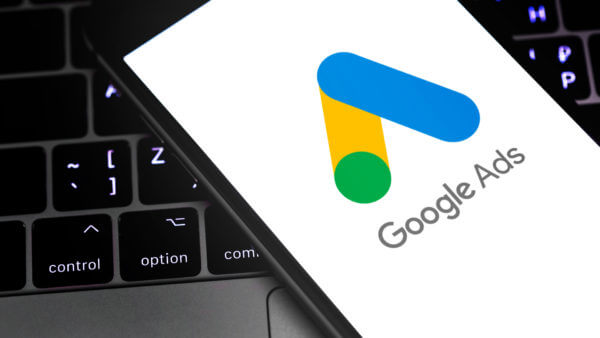The new Display campaign type will have the same controls that standard Display campaigns currently offer.
The new Display campaign type. “In this new Display campaign experience, you’ll have all of the reach and performance you’re used to, with the ability to choose the level of automation you prefer in bidding, creatives and audiences,” Bonnie Pericolosi, director of product management, Google Display ads, wrote. During the campaign setup process, advertisers can choose what to automate or control manually, and they can change their automation choices at any time without having to create a new campaign.
“No action is needed: Existing Smart & Standard Display campaigns aren’t affected by this change at this time. Once this update is rolled out in your account, you’ll see the new Display campaign type option and workflow when you create a new campaign,” Ginny Marvin, Google’s ads product liaison, said on Twitter.
Optimized targeting will be available for Display campaigns. Along with this change, Google Ads will also introduce optimized targeting, which treats audience settings as signals to find audience segments that may improve campaign performance, to Display campaigns. Previously, this option was only available on Smart Display campaigns. Note: Optimized targeting is automatically enabled for all campaigns.
Why we care. Soon, there will be just one option to create Display campaigns. The new Display campaign type will have the same controls for bidding, ads and audiences that standard Display campaigns currently offer. And, as Marvin stated, existing Smart and standard Display campaigns aren’t affected by this change at this time.
“It’s hard to tell from the announcement, but hopefully there won’t be a major near-term impact,” Greg Finn, partner at Cypress North, told Search Engine Land, “Additionally, some advertisers will be able to test the power of Smart Display automation without having to create a one-off ‘Smart’ campaign.”

